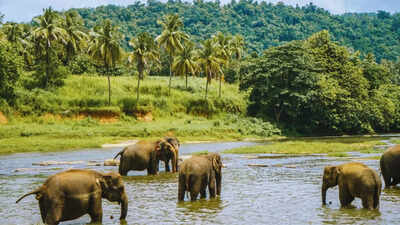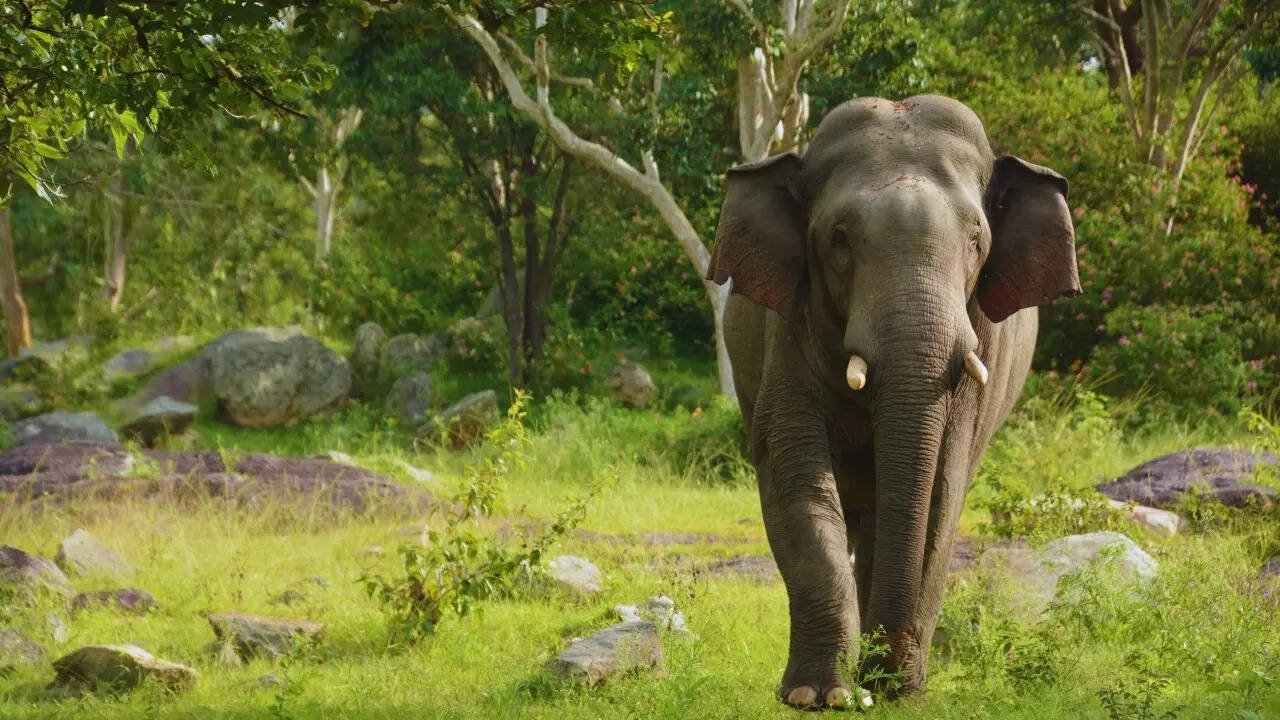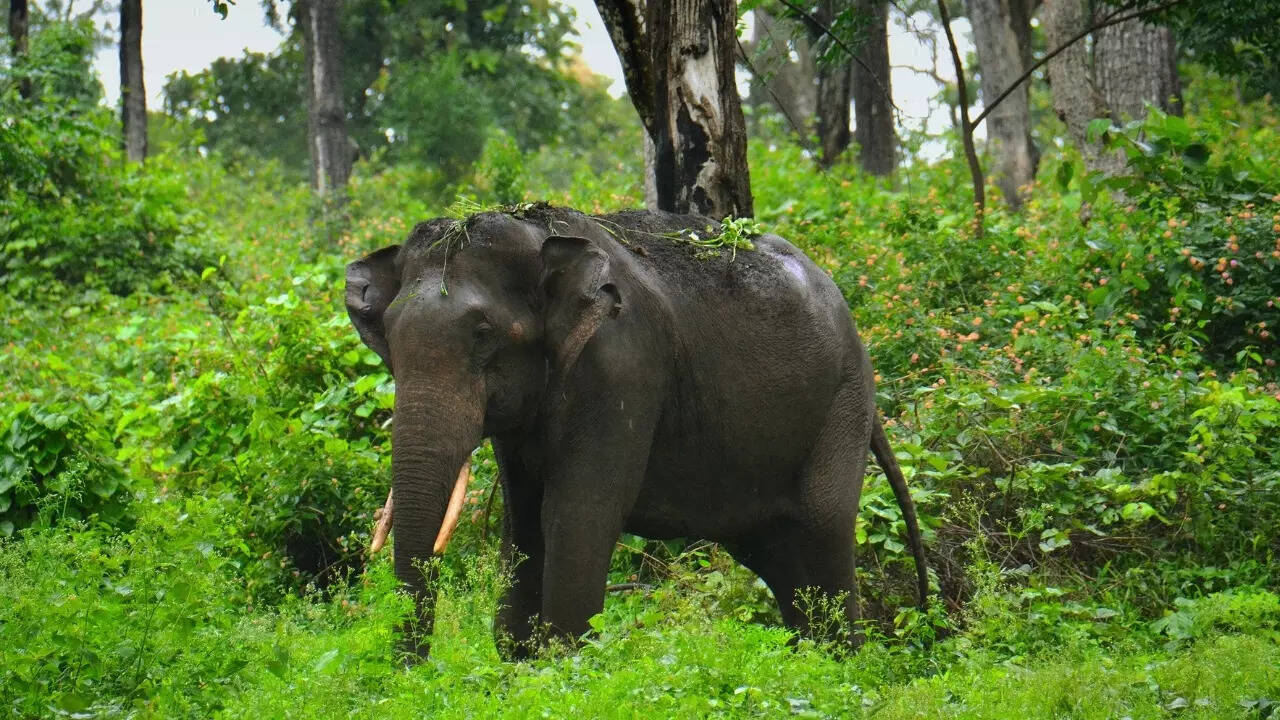ARTICLE AD BOX

Fact: Karnataka has emerged as a sanctuary for one of the country’s most majestic creatures — the Asian elephant.Fact: Did you know that the state of Karnataka is home to over 6,000 wild elephants? This makes it the state with the highest wild elephant population in India.But if you think it’s only about numbers, you are wrong. With this comes the discussion about how Karnataka is a unique blend of ecology, tradition, conservation efforts, and the challenges of coexisting with wildlife.The steady increase in the elephant population can be attributed to the state paying extra attention to habitat preservation, scientific monitoring, and community involvement. This won't pan out without some extra TLC.To understand this, let’s take a closer look at Karnataka’s topography and geography. What makes it ideal for sustaining such a large population of elephants? As we all know, the state is home to sprawling forests, dense woodlands, and vast stretches of grasslands. These natural settings provide abundant food, water, and shelter, essential for maintaining healthy elephant herds. The Western Ghats, a UNESCO World Heritage Site, covers a large part of the state, and offers a continuous stretch of forested regions that are home not only to elephants but also to other wildlife, creating a biodiverse ecosystem.

The state also hosts several iconic wildlife reserves that serve as safe havens for elephants. These reserves include giants like Bandipur National Park, part of the Nilgiri Biosphere Reserve, Nagahole National Park and Tiger Reserve, Dandeli Wildlife Sanctuary, and BRT Wildlife Sanctuary, among others. Bandipur’s mix of dense forests, streams, and open grasslands offers an ideal habitat for herds to roam freely.
Nagarhole National Park, adjacent to Bandipur, has thick forests and tranquil rivers that support a thriving elephant population. Similarly, the BRT Wildlife Sanctuary in Chamarajanagar district and Dandeli Wildlife Sanctuary in the Western Ghats provide essential corridors and resources.Karnataka has also invested heavily in protecting elephant corridors, stretches of land that connect different habitats and allow elephants to move safely.
Corridors like the Kaniyanpura–Moyar passage connecting Bandipur to Mudumalai in Tamil Nadu, and other smaller pathways across the state, ensure elephants a safe migration during seasonal shifts.The state also runs community engagement programs, educating locals about elephant behavior, warning systems, and safe practices to reduce encounters in farmlands or villages.While Karnataka has made significant progress, conserving elephants is not without challenges.
The most pressing issue is human-elephant conflict. As human settlements expand into forested areas, elephants venture into human settlements. In the process, elephants often cause crop damage, property destruction, and sometimes even injuries. Is this a problem? Sadly, it is. Habitat fragmentation is another big issue when it comes to human-wildlife conflict. Infrastructure projects, including roads, railways, and urban development, can disrupt the natural movement of elephants.
Although the state has installed protective measures like underpasses, overpasses, and fencing near sensitive zones, careful planning remains crucial.

Elephants are not just an ecological asset; they are culturally significant in Karnataka. They appear in local folklore, temple festivals, and religious ceremonies, symbolising strength, wisdom, and prosperity.Wildlife enthusiasts from across India and the world visit Bandipur, Nagarhole, and BRT to witness these magnificent creatures in their natural habitats.
Responsible eco-tourism provides additional funds for conservation efforts and raises awareness about the importance of protecting these animals.While Karnataka leads in elephant population, it is part of a larger network of elephant habitats in India. States like Assam, Nagaland, Uttarakhand, Kerala, Tamil Nadu, and Odisha also host significant numbers of elephants and play a critical role in the species’ survival.
Assam, for example, supports elephants in its floodplains and dense forests of Kaziranga and Manas, while Kerala’s Western Ghats host smaller, but highly concentrated populations.Karnataka is more than just a state with the highest number of elephants in India; it is a testament to effective wildlife conservation, the resilience of natural ecosystems, and the possibility of coexistence between humans and wildlife. With over 6,000 elephants roaming its forests, carefully monitored corridors, and active engagement of local communities, the state has set a benchmark for elephant conservation in India.

 9 hours ago
5
9 hours ago
5









 English (US) ·
English (US) ·